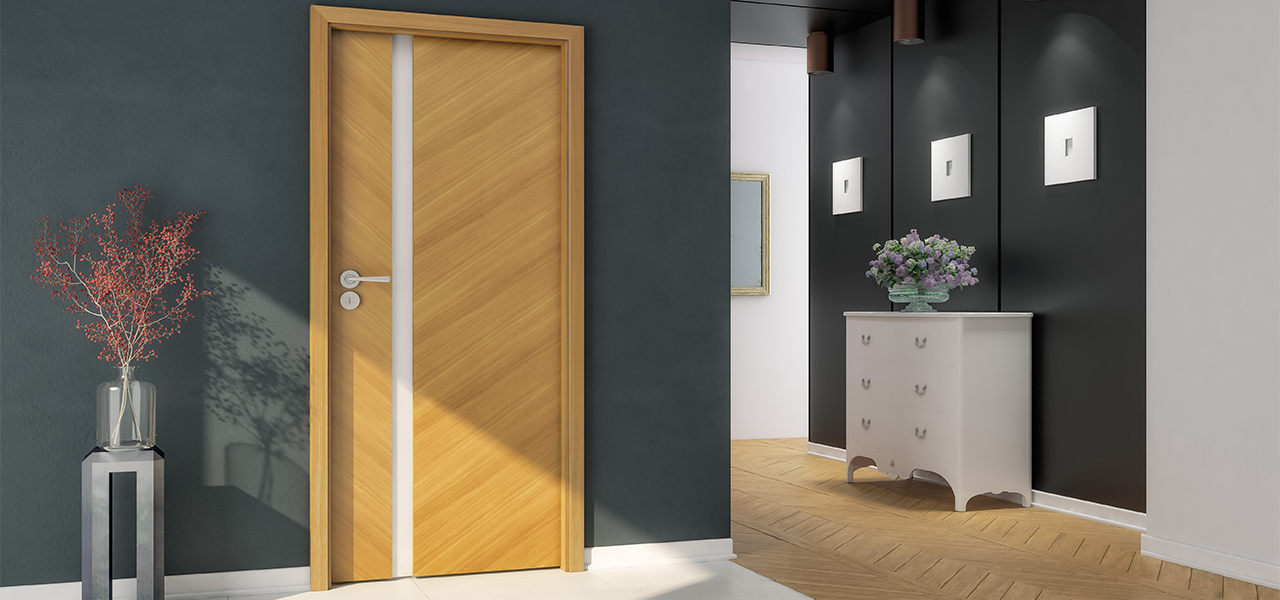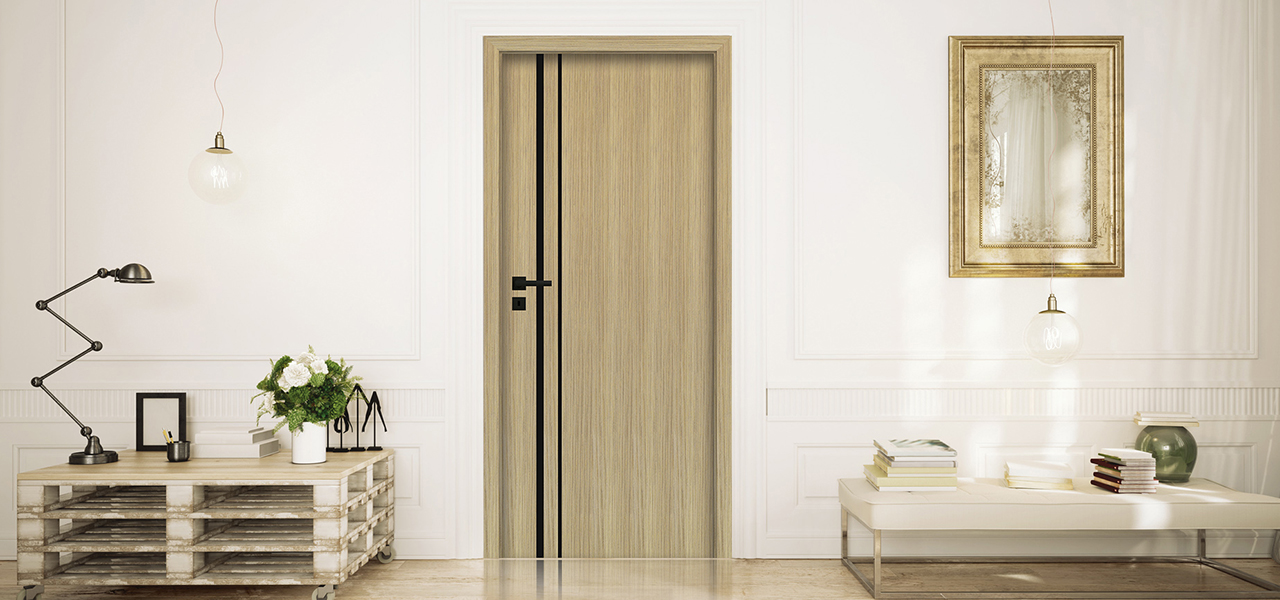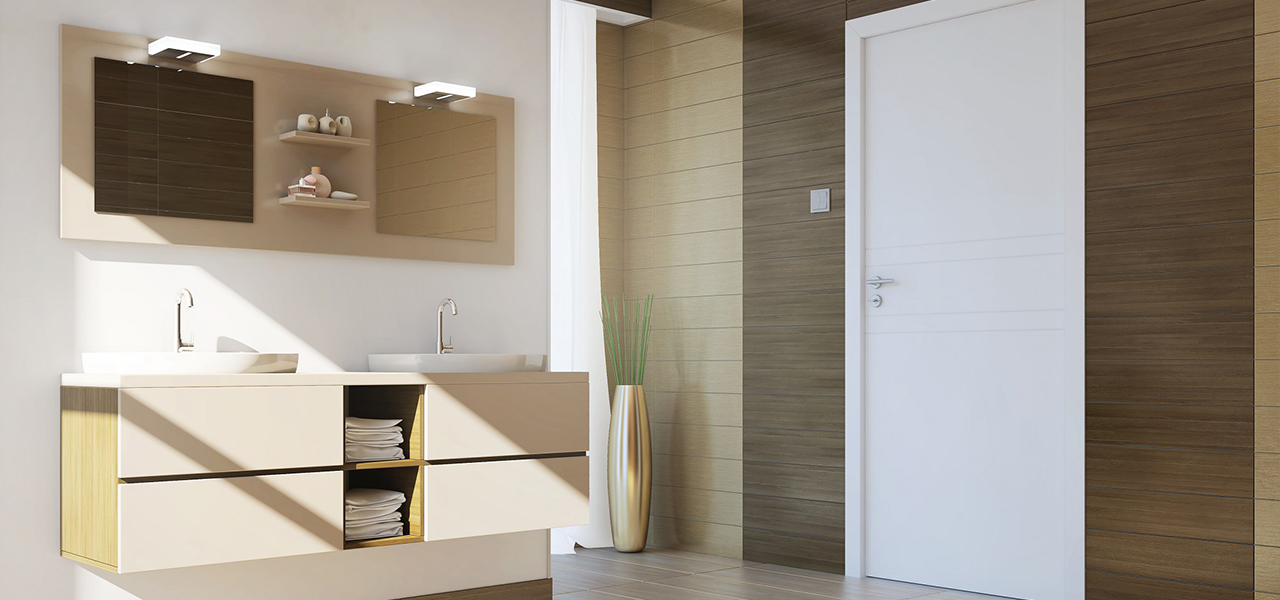Japandi style in interior design

In recent years, the Japandi style has become increasingly popular in interior design. This unique combination of Japanese minimalism and Scandinavian simplicity brings harmony, functionality and aesthetics based on natural materials into homes. For those seeking calm, balance and elegance, the Japandi style is the perfect inspiration. In this article we will present how to introduce this style into your interior, with the focus on the POL-SKONE interior doors that perfectly match this design philosophy.
What is the Japandi style?
Japandi style is a marriage of two different yet complementary aesthetics - Japanese wabi-sabi, based on the beauty of imperfection and simplicity, and Scandinavian hygge, emphasising cosiness and functionality. The result is interiors full of light, natural materials, muted colours and minimalist forms. Simplicity and quality are key here, and every element of the space has its functional and aesthetic justification.
POL-SKONE interior doors in the Japandi style
Internal doors are one of the key elements that can emphasise the character of an interior maintained in the Japandi style. Choosing the right doors can give coherence to the interior and emphasise its minimalist elegance.
1. natural materials and wood
One of the main elements of the Japandi style is the use of natural materials, especially wood. POL-SKONE's interior doors offer a wide range of products made of natural wood that perfectly match this aesthetic. Models such as Espina or Salea perfectly reflect the warmth and organic character of the Japandi style, bringing a pleasant atmosphere to the interior. Wooden doors with a matt finish, in light tones, blend in perfectly with the rest of the interior and bring calm and harmony.


2. Muted colours
Colours play a key role in the Japandi style. The colour palette is based on neutral, subdued shades - white, grey, beige, as well as delicate pastels. POL-SKONE doors in such colours are a perfect complement to the interior, giving it a calm, harmonious character. Door models in the colour of light oak, white or grey perfectly match minimalistic Japandi interiors.
3. simple forms and functionality
Minimalism of Japandi style manifests itself in simple, geometric forms. POL-SKONE doors are characterised by just such simplicity, which is both elegant and functional. Models such as Simple or Subito perfectly match this aesthetic. Thanks to their subtlety, these doors can become an elegant background for the entire interior, not dominating over the rest of the arrangement, but at the same time emphasising its sophisticated characte

4 Safe and ecological solutions
Japandi style promotes living in harmony with nature, and ecology and sustainable development are an important aspect in its philosophy. POL-SKONE internal doors are manufactured from ecological materials meeting the highest quality and safety standards, which makes them an ideal choice for people who value not only aesthetics but also environmental responsibility.
How does the Japandi style affect the entire interior design?
Interiors decorated in the Japandi style are characterised by calm and harmony, making them ideal for relaxation and rest. The minimalist approach to decoration and furniture allows us to focus on the most important elements, while natural materials and subdued colours create an atmosphere of cosiness and warmth. POL-SKONE doors, being an integral part of the interior, affect the coherence of the entire arrangement, harmonising with furniture, floors and lighting.
Summary
Japandi style is an excellent choice for people who appreciate simplicity, elegance and natural beauty. POL-SKONE internal doors perfectly match this aesthetics, offering solutions made of high-quality materials that emphasise the minimalist character of interiors. Thanks to a wide range of models, colours and finishes, POL-SKONE doors are a perfect choice for Japandi style interior design, combining functionality, ecology and aesthetics.
With the right doors, we can easily give a space a character that reflects the balance between the austerity of Japanese simplicity and the warmth of Scandinavian cosiness - key features of the Japandi style.






Comments